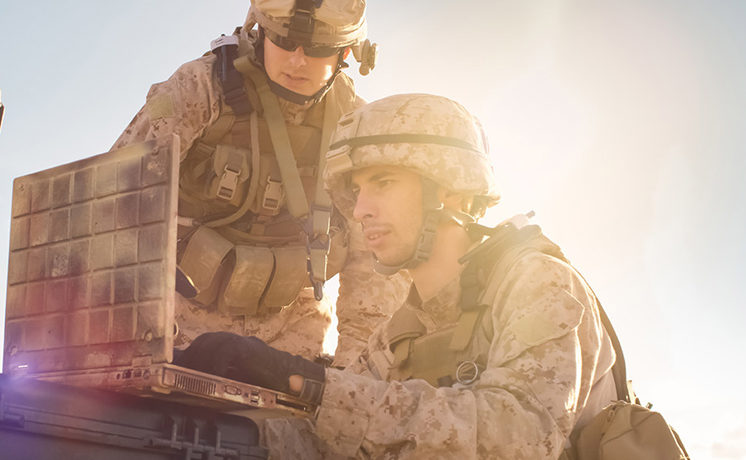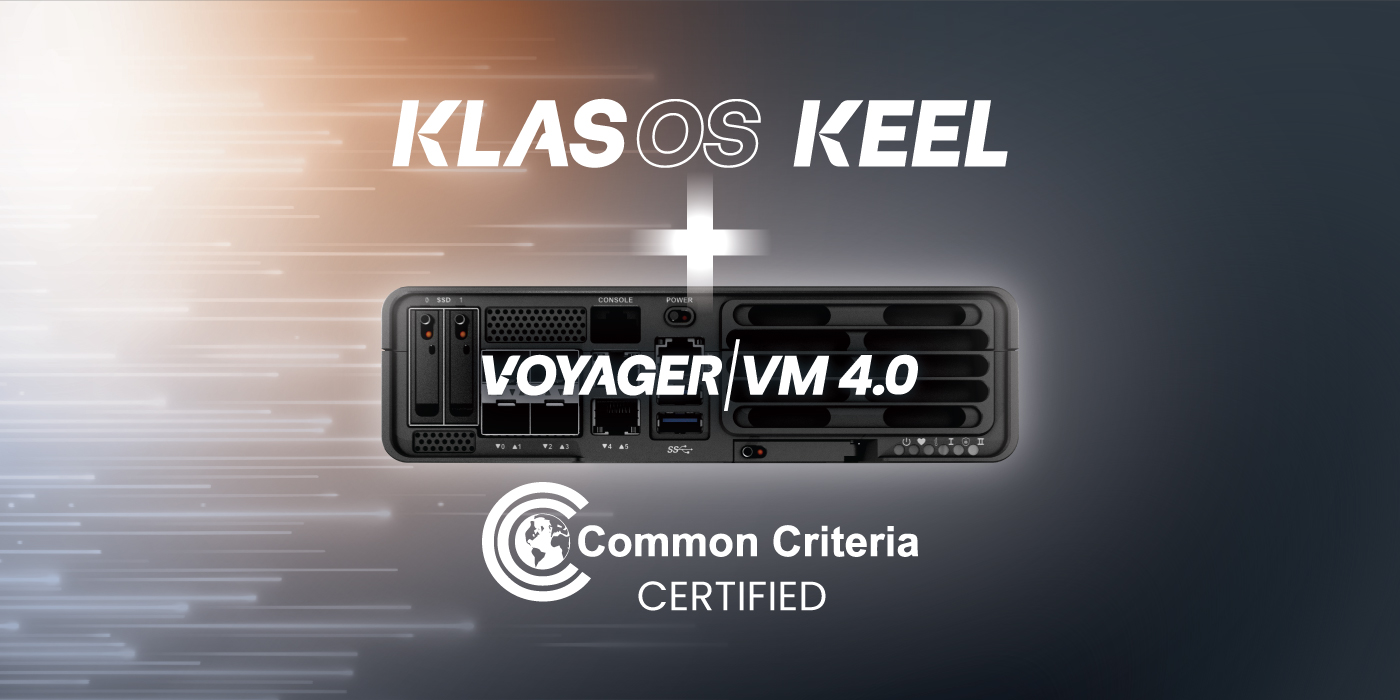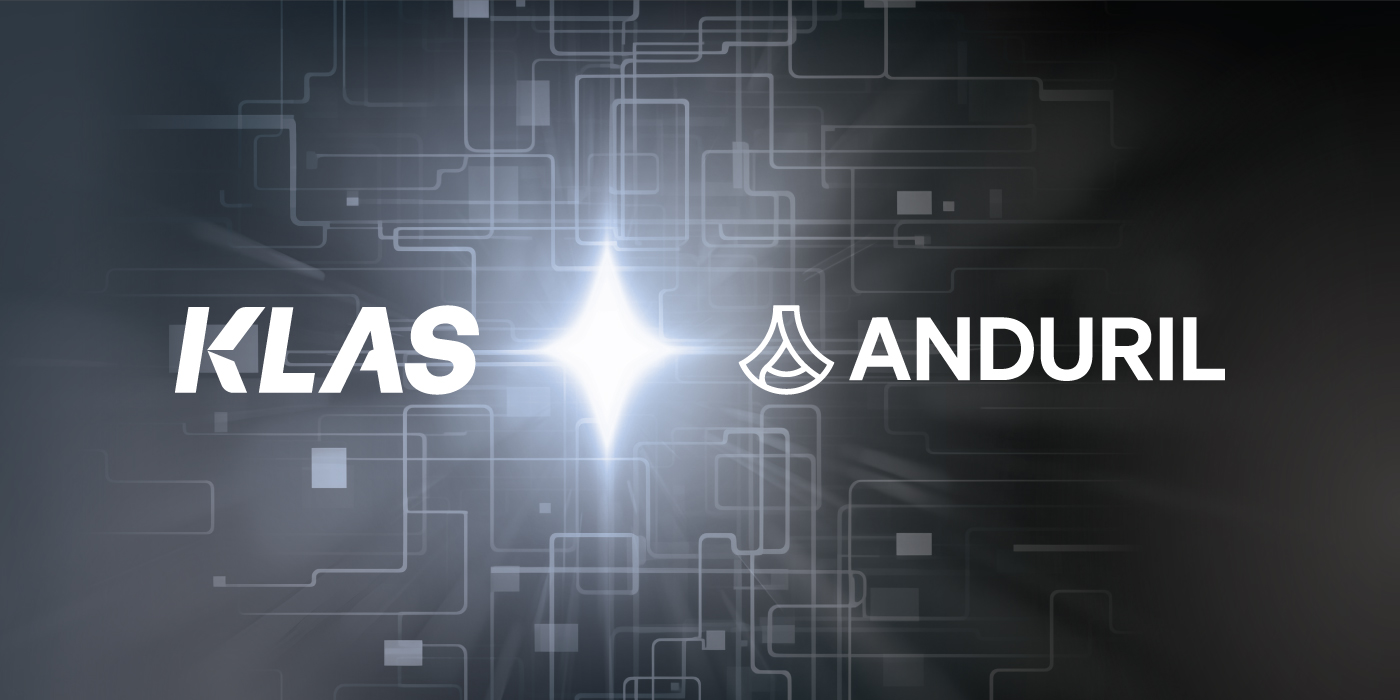by Dan Morris, Director of Solutions Engineering at Klas Government
You can’t take it with you. We’ve all heard that before. It’s come to mean many things to different people. One thing we can’t take with us is the fixed infrastructure and massive data centers that serve as the backbone to the global communication architecture. What happens when those same capabilities are needed on short notice in remote locations? In today’s world, we see humanitarian assistance operations with government and nongovernment agencies converging on a location and our service members are answering their nation’s calls to deploy to a foreign land. The ability to quickly mobilize communications capabilities is an integral part of their success.
What can we take with us? Response times are crucial. Remember those frustrating times when you safely arrived at your destination, but your luggage was delayed to accommodate for weight on an overbooked flight? Now imagine during the initial response of disaster relief efforts when food, water, and supplies are being prioritized, bulky and oversized communications equipment gets delayed as resources and personnel flow into the area. When that happens the lack of the right gear then impacts the command and control (C2) capabilities for the disaster relief efforts, further exacerbating an already problematic situation. Big and bulky gear or even individual users connecting to the cloud may not always be the answer.
Even bringing the right gear doesn’t solve all the issues. Usually, in these scenarios there are multiple constraints to the overall bandwidth available for these first responders. Students learning IT have used the following analogy: bandwidth is like a highway, as more cars get on the road, you must add more lanes to reduce traffic congestion. Low-earth orbiting (LEO) satellites and 5G cellular can provide higher throughput when extending services. The number of users and devices supported affect how much data will ingress and egress from that network.
Understanding and controlling where data is accessed and processed is critical for managing bandwidth constraints and providing a good user experience on that network. As more devices are used as sensors on the network, that unprocessed information along with user data will traverse transmission links. Video footage from cameras, audio traffic from VoIP assets or radios, or scientific equipment all contribute to the amount of data traversing the network. That’s a lot more cars on that highway! But what if you could create an environment where some of those cars, never even had to get on the highway? That’s the value of the Klas Voyager solution.
Voyager allows you to mobilize communications capabilities while minimizing logistical impact. Inserting Voyager compute modules at the edge allows for data to be accessed and processed onsite reducing the amount of data required to traverse transmission links along with enabling C2 even when those links are degraded or lost. Instead of inserting standard communications equipment in hardened transport cases, Voyager is specifically designed for ruggedization, rapid deployment, and quick setup. The ability to do what previously could only be done by large equipment, typically in large data centers, can now be done locally with reduced SWAP gear by your side, which provides unprecedented capabilities. Now you have the right gear at the right time that can perform complex functions without even needing that large highway of the internet. This will totally change the game.
Klas is constantly looking for more ways to take advantage of tomorrow’s technology today and pass those capabilities on to you. To learn more about Voyager and Extreme Edge Engineering products described above, click here.




